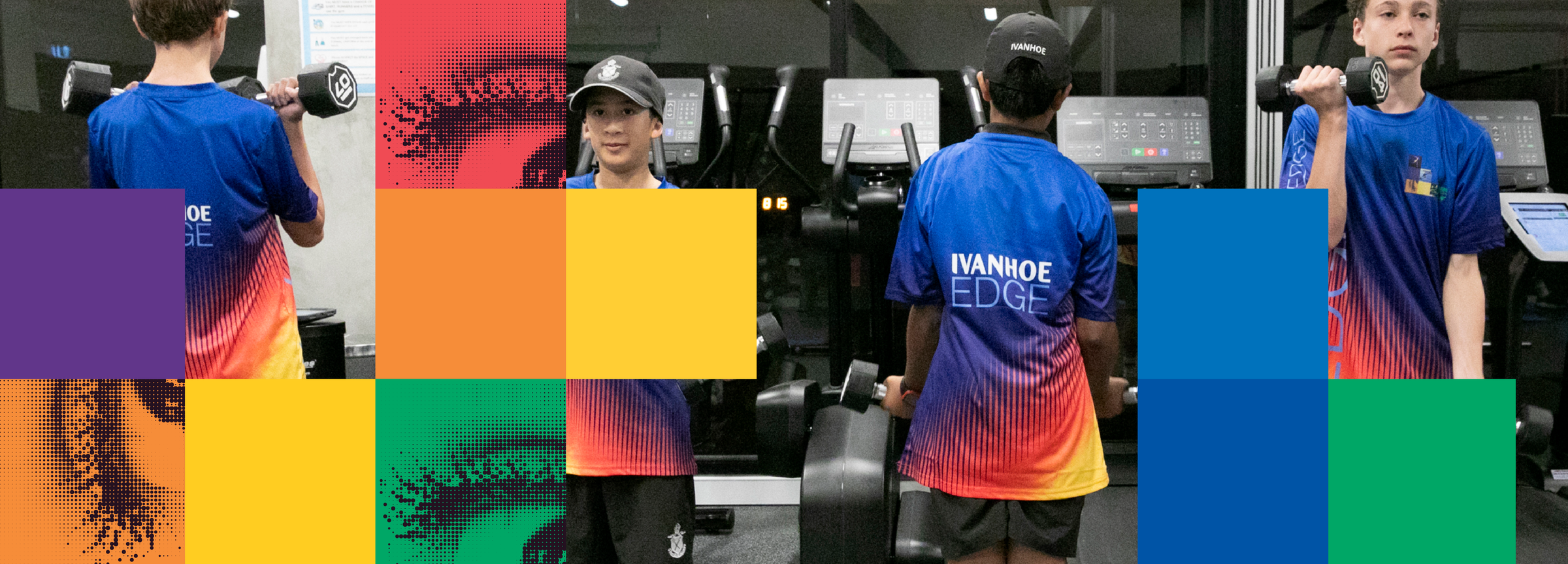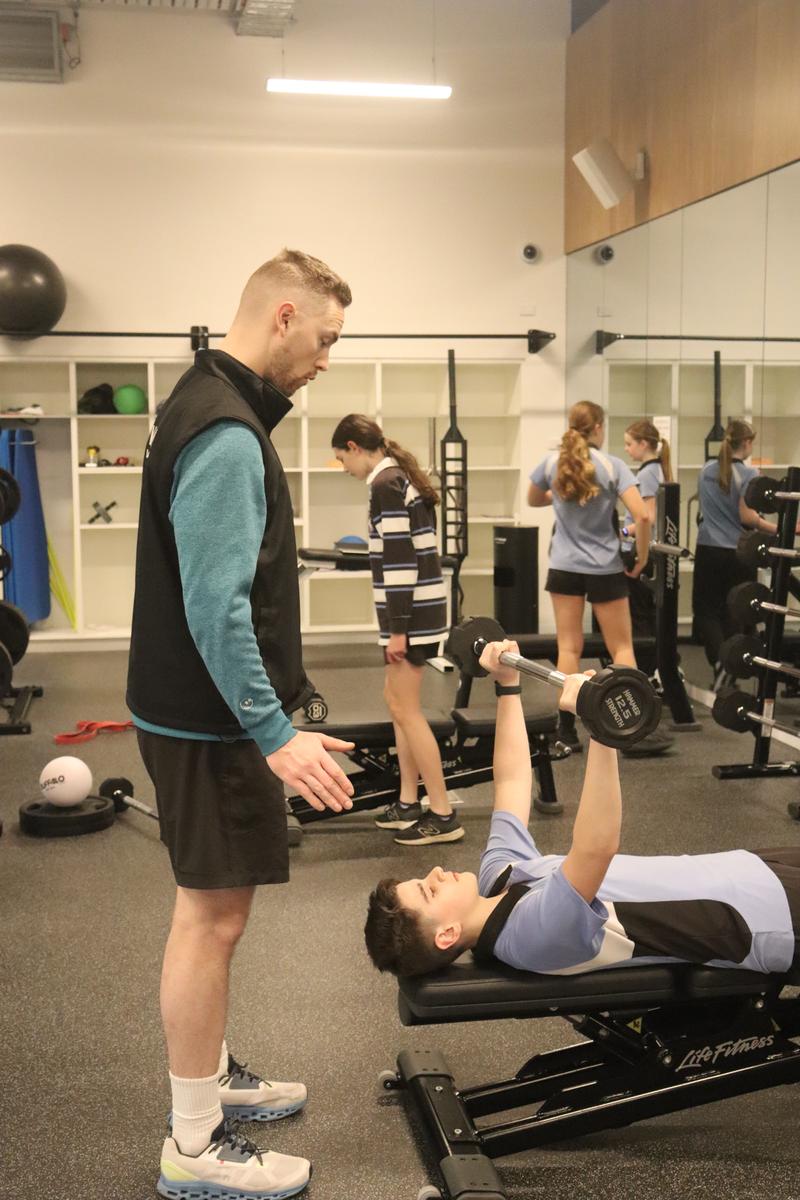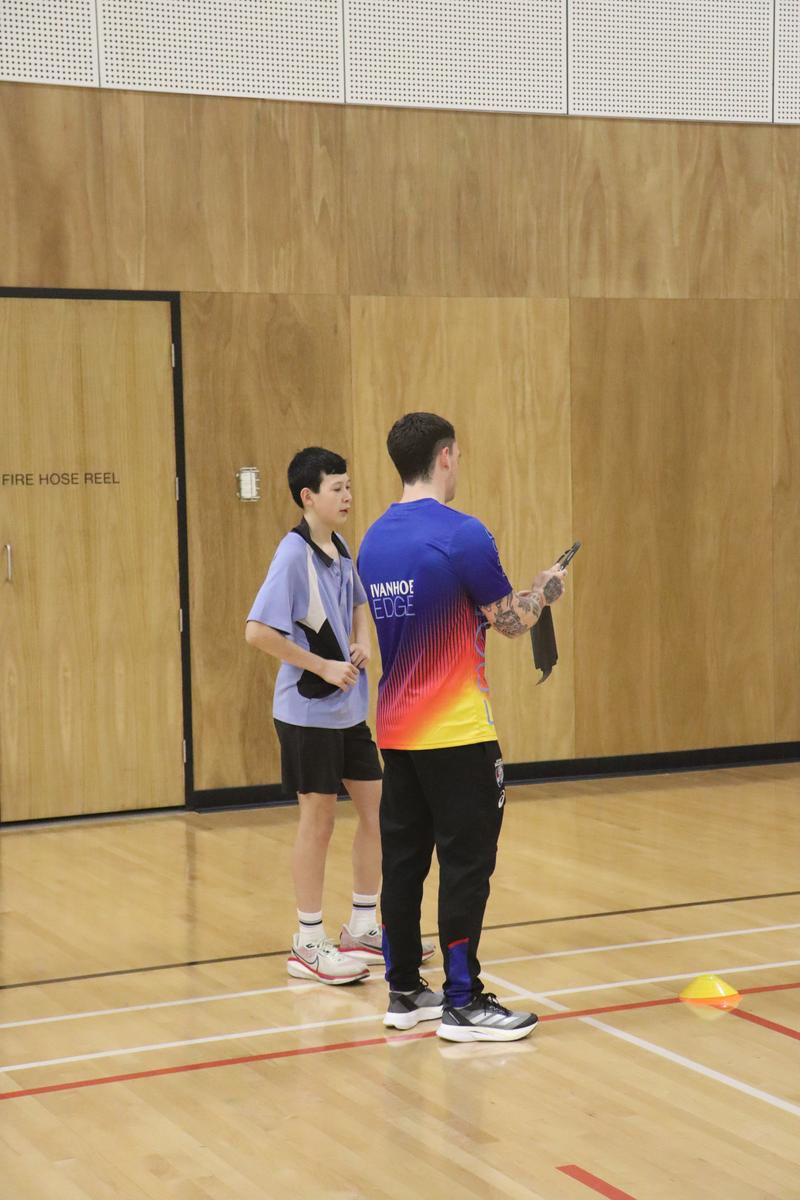Strength & Conditioning
Adam Hutton, Head of Strength & Conditioning

Strength & Conditioning
Adam Hutton, Head of Strength & Conditioning
The Ivanhoe Edge athletes recently completed Strength and Power testing. For many athletes, it was their first time using the Force Plates and completing the Movement Efficiency assessment. It was great to see everyone giving their best effort.


To assess the athletes' lower body power capabilities, they completed three tests: the 10-5 Rebound Jump, Counter Movement Jump, and Squat Jump. The 10-5 Rebound Jump test involves completing 10 maximal pogo jumps in a row. The goal is to be stiff, explosive, and quick off the ground. The best 5 jumps are taken, and the ratio of flight time to contact time is calculated. The Counter Movement Jump (CMJ) is a classic vertical jump, but the hands are on the hips to remove the additional benefit of the arms. The CMJ assesses lower body power and the ability to use the elastic qualities of the legs. The Squat Jump (SQJ) has the same setup as the CMJ but includes a 3-second pause at the bottom before an explosive jump. The SQJ assesses the muscular power of the lower body without the elastic component. These three tests help create a power profile for each athlete, enabling our coaches to better understand each athlete’s strengths and weaknesses.


The Movement Efficiency assessment involves seven tests composed of basic movement patterns. The tests include squats, push-ups, lunges, rowing, hinging, overhead pressing, and a plank. Each test is completed twice for four reps, and the athlete is graded on their best rep. There are five marks used to grade the athletes' technical competency in a movement. If an athlete demonstrates movement efficiency by achieving a high score, the next challenge is to consistently perform these exercises.
Demonstrating good movement is crucial as it creates the foundation for strength training. For example, the goal is to first show the coaches you can squat with your own body weight before progressing to squatting under load in different positions. Always aiming for the best technique during each squat.


The results of the jump and movement efficiency testing will be presented to each athlete in an individual report. The report will provide a general overview of each athlete's performance and will allow the athlete to track their progress over time. The reports will be distributed over the coming weeks.
A final note is how to deal with an injury and what happens afterward. Upon identifying an injury, whether recent from a game or a chronic condition that has worsened, it is best to consult a professional. If it is a new injury, give at least 24 hours between the injury and seeing a professional. I recommend seeing an Osteopath or Physiotherapist to help diagnose and create a treatment plan. Information from this consultation can then be provided to the Strength and Conditioning staff, who can modify training sessions to accommodate the injury.


If there are any changes to your schedule and you need to switch one or more of your current sessions, please email me, and I can assist you. If you need to switch a session for a week due to a school excursion or changed skill session time please just let the team know and you are welcome to attend an alternate session.